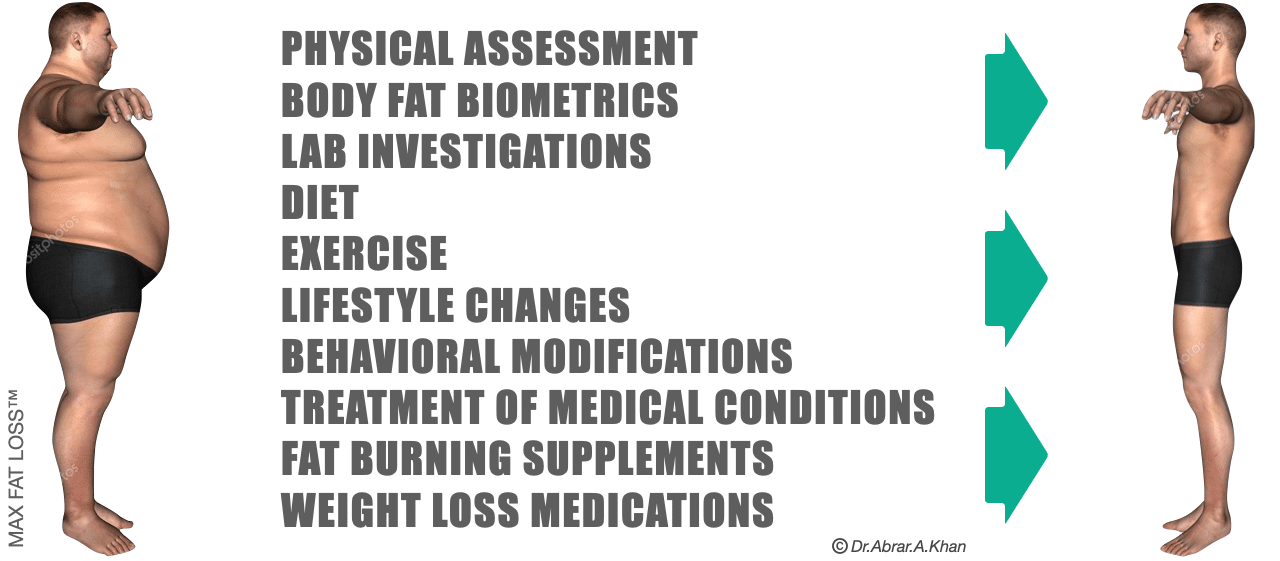All Categories
Featured
Table of Contents
-1
Leaders of army bases need to examine their centers to determine and get rid of problems that encourage several of the eating routines that promote obese. Some nonmilitary companies have actually enhanced healthy eating options at worksite eating centers and vending devices. Although multiple publications recommend that worksite weight-loss programs are not extremely effective in minimizing body weight (Cohen et al., 1987; Forster et al., 1988; Frankle et al., 1986; Kneip et al., 1985; Loper and Barrows, 1985), this might not be the situation for the army because of the higher controls the armed force has more than its "workers" than do nonmilitary employers.
-1Management of overweight and weight problems calls for the energetic participation of the person. Nourishment specialists can supply people with a base of info that allows them to make well-informed food options. Nutrition education is unique from nourishment counseling, although the components overlap considerably. Nutrition counseling and dietary management have a tendency to focus more directly on the motivational, emotional, and mental concerns connected with the current job of weight-loss and weight administration.
-1Unless the program participant lives alone, nourishment monitoring is seldom reliable without the participation of member of the family. Weight-management programs may be separated right into 2 phases: weight reduction and weight maintenance. While exercise may be one of the most crucial component of a weight-maintenance program, it is clear that dietary restriction is the critical component of a weight-loss program that affects the rate of weight management.
-1Therefore, the power balance equation might be affected most significantly by reducing power consumption. weight loss clinic. The variety of diet regimens that have been recommended is practically many, however whatever the name, all diets contain decreases of some percentages of healthy protein, carbohydrate (CHO) and fat. The complying with areas check out a number of plans of the proportions of these three energy-containing macronutrients
Gastric Bypass ( Mundaring)

-1
This kind of diet regimen is made up of the kinds of foods a client typically eats, however in lower amounts. There are a number of factors such diet regimens are appealing, but the main reason is that the referral is simpleindividuals require only to comply with the U.S. Division of Farming's Food pyramid.
-1Being used the Pyramid, however, it is essential to highlight the part dimensions utilized to develop the suggested variety of portions. As an example, a majority of customers do not realize that a portion of bread is a solitary piece or that a portion of meat is only 3 oz. A diet regimen based on the Pyramid is quickly adapted from the foods served in team setups, including military bases, because all that is needed is to eat smaller sized portions.
-1Much of the researches released in the medical literature are based on a well balanced hypocaloric diet with a decrease of power intake by 500 to 1,000 kcal from the client's common caloric intake. The U.S. Fda (FDA) suggests such diet regimens as the "basic treatment" for professional tests of brand-new weight-loss drugs, to be used by both the energetic agent group and the sugar pill team (FDA, 1996).
-1The largest quantity of weight-loss took place early in the research studies (concerning the initial 3 months of the plan) (Ditschuneit et al., 1999; Heber et al., 1994). One study discovered that women lost extra weight in between the third and 6th months of the plan, yet males shed the majority of their weight by the third month (Heber et al., 1994).
Weight Loss Treatment
-1In contrast, Bendixen and colleagues (2002) reported from Denmark that meal replacements were linked with adverse end results on fat burning and weight maintenance. Nevertheless, this was not an intervention research study; individuals were adhered to for 6 years by phone meeting and data were self-reported. Out of balance, hypocaloric diets limit one or even more of the calorie-containing macronutrients (healthy protein, fat, and CHO).
-1Much of these diet plans are published in books targeted at the ordinary public and are typically not written by health and wellness experts and commonly are not based on sound scientific nutrition concepts. For a few of the dietary programs of this type, there are few or no research study magazines and essentially none have actually been examined long-term.
Weight Loss Diet Programs
-1The major kinds of out of balance, hypocaloric diets are reviewed listed below. There has actually been considerable discussion on the optimum proportion of macronutrient intake for adults. This research study usually compares the amount of fat and CHO; nevertheless, there has been increasing interest in the function of protein in the diet plan (Hu et al., 1999; Wolfe and Giovannetti, 1991).
-1The length of these research studies that analyzed high-protein diet regimens only lasted 1 year or less; the long-term safety of these diet plans is not known. Low-fat diet plans have actually been just one of the most frequently used therapies for obesity for several years (Astrup, 1999; Astrup et al., 1997; Blundell, 2000; Castellanos and Rolls, 1997; Flatt, 1997; Kendall et al., 1991; Pritikin, 1982).
-1Results of recent studies recommend that fat restriction is additionally useful for weight maintenance in those that have lost weight (Flatt 1997; Miller and Lindeman, 1997). Dietary fat decrease can be accomplished by counting and restricting the number of grams (or calories) taken in as fat, by limiting the consumption of certain foods (for instance, fattier cuts of meat), and by substituting reduced-fat or nonfat versions of foods for their greater fat equivalents (e.g., skim milk for whole milk, nonfat frozen yogurt for full-fat gelato, baked potato chips for deep-fried chips) (Dywer, 1995; Miller and Lindeman, 1997).
-1Several aspects might add to this seeming opposition. All people show up to uniquely underestimate their consumption of dietary fat and to lower regular fat intake when asked to record it (Goris et al., 2000; Macdiarmid et al., 1998). If these results mirror the general tendencies of people completing nutritional surveys, then the amount of fat being eaten by overweight and, possibly, nonobese individuals, is greater than regularly reported.
Weight Loss Coach
-1They located that low-fat diet regimens regularly demonstrated significant weight-loss, both in normal-weight and overweight people. A dose-response connection was also observed in that a 10 percent reduction in dietary fat was predicted to generate a 4- to 5-kg weight management in a private with a BMI of 30. Kris-Etherton and coworkers (2002) found that a moderate-fat diet plan (20 to 30 percent of energy from fat) was most likely to promote weight loss because it was easier for individuals to stick to this kind of diet than to one that was significantly limited in fat (< 20 percent of energy).

-1
Very-low-calorie diet plans (VLCDs) were used extensively for weight loss in the 1970s and 1980s, however have actually come under disfavor over the last few years (Atkinson, 1989; Bray, 1992a; Fisler and Drenick, 1987). FDA and the National Institutes of Health define a VLCD as a diet regimen that gives 800 kcal/day or much less. weight loss doctor. Given that this does not take into consideration body size, a much more clinical meaning is a diet plan that supplies 10 to 12 kcal/kg of "desirable" body weight/day (Atkinson, 1989)
-1The portions are eaten 3 to five times each day. The main objective of VLCDs is to produce relatively fast fat burning without considerable loss in lean body mass. To attain this objective, VLCDs usually give 1.2 to 1.5 g of protein/kg of desirable body weight in the formula or as fish, lean meat, or fowl.
Latest Posts
Innovative Cardio Workouts – Aveley
Expert Functional Fitness Near Me – Carine WA
Tailored Weight Management Near Me (Kelmscott)